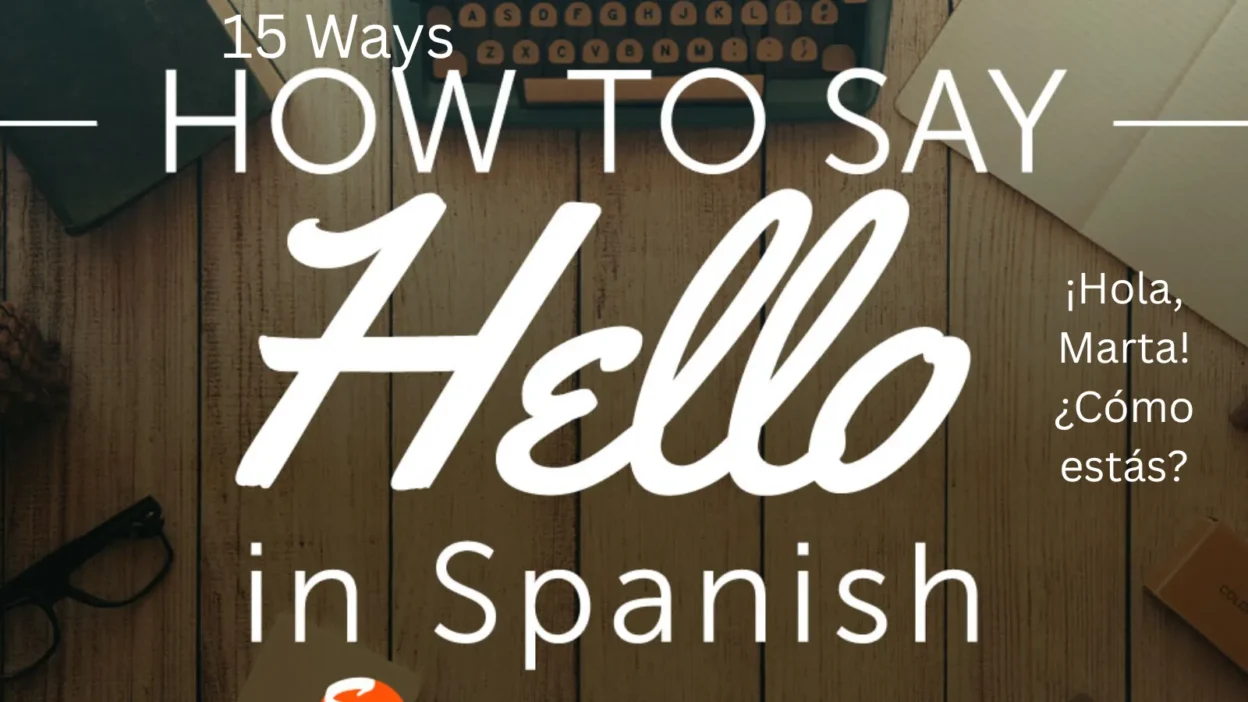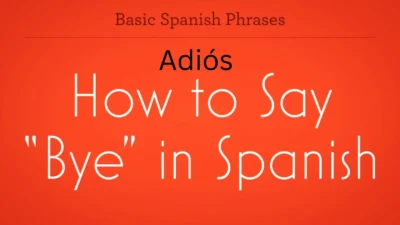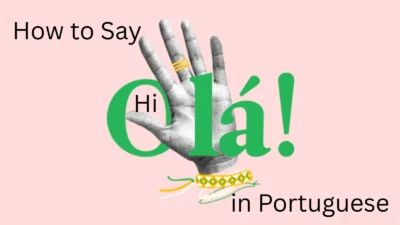Learning 15 ways how to say hello in Spanish will make your greetings more natural, friendly, and culturally appropriate. Whether you’re meeting someone for the first time, greeting friends, or starting a conversation, knowing different ways to say hello in Spanish helps you connect better with native speakers.
From formal expressions to casual greetings, Spanish offers a variety of ways to say hello depending on the situation and region. In this guide, you’ll discover 15 ways how to say hello in Spanish, along with examples and tips so you can greet confidently in any setting. By mastering these greetings, you’ll sound more fluent and make a great first impression. Plus, you’ll be able to adapt your “hello” to fit both casual chats and formal interactions.
Hello in Spanish
Let’s explore 15 ways to say hello in Spanish—each with conversation examples and the stories behind them.
1. Hola – “Hello”
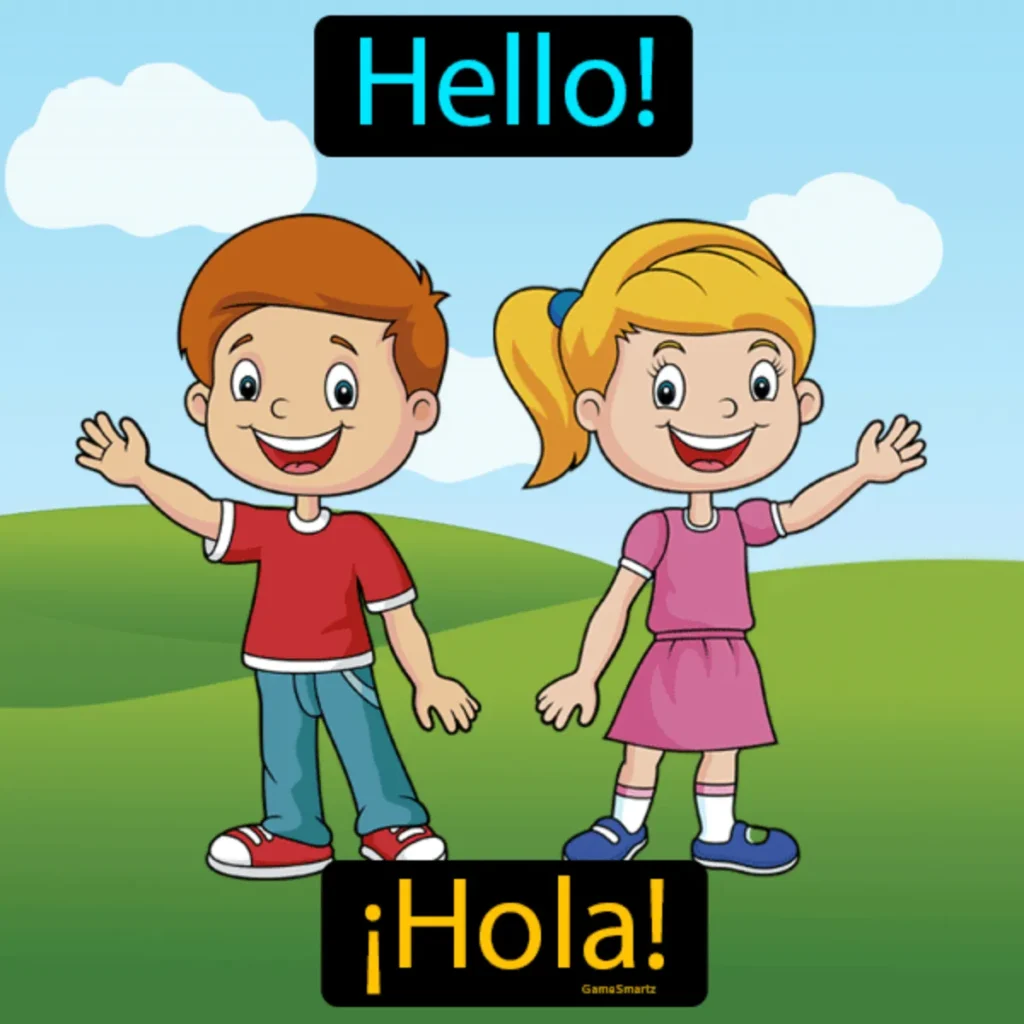
Origin:
The most universal Spanish greeting. Derived from Old Spanish, likely influenced by the exclamation “hala.”
Example:
👤 Usuario A: ¡Hola, Marta! ¿Cómo estás?
👤 Usuario B: ¡Hola! Todo bien, ¿y tú?
Use: Universal and neutral; works in any Spanish-speaking country.
2. Buenos días – “Good morning”
Origin:
Literally “good days,” it’s the standard morning greeting.
Example:
👤 Usuario A: Buenos días, señor Ramírez.
👤 Usuario B: Buenos días, joven. ¿En qué puedo ayudarle?
Use: Formal to semi-formal; used until about noon.
3. Buenas tardes – “Good afternoon”
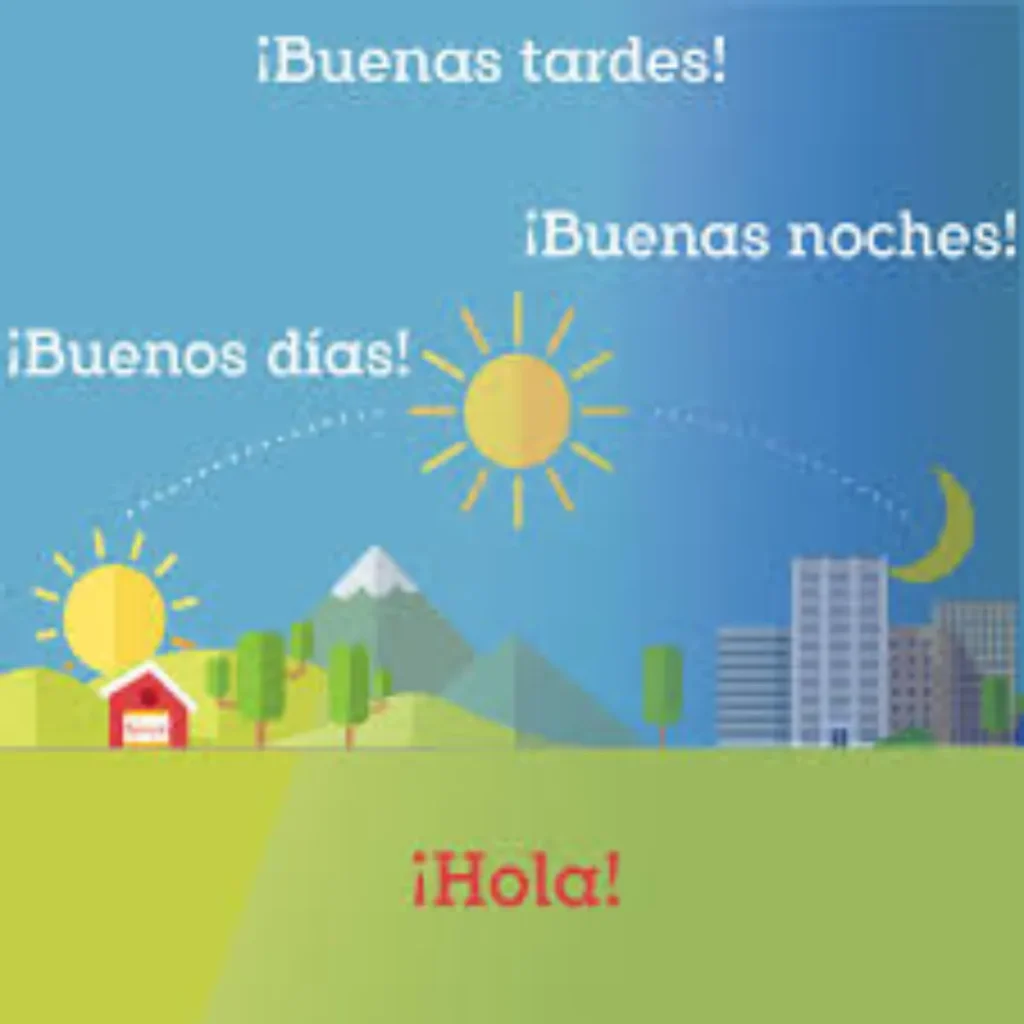
Origin:
Used in the afternoon, typically from 12 p.m. to 7 p.m.
Example:
👤 Usuario A: Buenas tardes, Ana.
👤 Usuario B: Buenas tardes. ¿Lista para la reunión?
Use: Polite and appropriate for work, stores, or meetings.
4. Buenas noches – “Good evening / Good night”
Origin:
Used after sunset. While it can mean both “hello” and “goodbye,” it’s a greeting when arriving in the evening.
Example:
👤 Usuario A: Buenas noches, ¿cómo están todos?
👤 Usuario B: Buenas noches, bienvenidos.
Use: Formal or polite evening greeting.
5. ¿Qué tal? – “How’s it going?”
Origin:
An informal and common greeting across Spain and Latin America.
Example:
👤 Usuario A: ¡Hola! ¿Qué tal?
👤 Usuario B: Todo bien, ¿y tú?
Use: Friendly and casual; equivalent to “what’s up?”
6. ¿Cómo estás? – “How are you?”

Origin:
From “estar” (to be), used informally to ask someone’s well-being.
Example:
👤 Usuario A: ¡Hola, Sofía! ¿Cómo estás?
👤 Usuario B: Muy bien, gracias. ¿Y tú?
Use: Casual and warm; used with friends or peers.
7. ¿Cómo le va? – “How’s it going?” (formal)
Origin:
A formal version used mainly in Latin America with older people or in professional settings.
Example:
👤 Usuario A: Buenos días. ¿Cómo le va, doctor?
👤 Usuario B: Muy bien, gracias. ¿Y usted?
Use: Polite and respectful.
8. ¿Qué hay? – “What’s up?”
Origin:
A slang-like greeting meaning “what’s new?” or “what’s going on?”
Example:
👤 Usuario A: ¿Qué hay, Luis?
👤 Usuario B: Todo tranquilo. ¿Y tú?
Use: Very informal; mostly used in Spain.
9. ¿Qué onda? – “What’s up?” (Mexico)

Origin:
Popular slang in Mexico and parts of Central America. “Onda” means “wave” — like catching someone’s vibe.
Example:
👤 Usuario A: ¡Ey! ¿Qué onda?
👤 Usuario B: Nada, aquí nomás. ¿Y tú?
Use: Casual, youthful, and trendy in Mexico.
10. ¿Qué más? – “What else is new?” (Colombia, Venezuela)
Origin:
Common in Colombia, this is a friendly and familiar way to greet someone.
Example:
👤 Usuario A: ¡Hola! ¿Qué más, parcero?
👤 Usuario B: Todo bien, hermano. ¿Vos qué?
Use: Regional greeting with relaxed tone.
11. ¡Ey! – “Hey!”
Origin:
Borrowed from English, now commonly used among Spanish-speaking youth.
Example:
👤 Usuario A: ¡Ey! ¿Vienes a la fiesta?
👤 Usuario B: ¡Claro que sí!
Use: Super informal; popular with teenagers and young adults.
12. ¡Buenas! – Short for “Buenas tardes/noches”
Origin:
A shortened, casual version used in both Spain and Latin America.
Example:
👤 Usuario A: ¡Buenas! ¿Está Laura?
👤 Usuario B: Sí, pasa adelante.
Use: Friendly, mid-casual; great for answering doors or entering shops.
13. ¡Quiúbole! / ¡Quiubo! – “What’s up?” (Mexico, Central America)
Origin:
Contraction of “¿Qué hubo?” (“What happened?”). Deeply rooted in Mexican Spanish.
Example:
👤 Usuario A: ¡Quiúbole, compa!
👤 Usuario B: ¡Quiúbole! ¿Qué me cuentas?
Use: Extremely casual; mostly used by men in Mexico/Central America.
14. ¡Hola, hola! – “Hello hello!”
Origin:
Repetition adds friendliness and enthusiasm. Very common in texts or when greeting children.
Example:
👤 Usuario A: ¡Hola, hola! ¿Cómo están todos?
👤 Usuario B: ¡Hola, hola! Felices de verte.
Use: Cheerful and warm; great for groups or friendly entrances.
15. ¡Aló! – “Hello?” (on the phone)
Origin:
Used as a phone greeting in many Latin American countries (e.g., Colombia, Peru). Derived from French “Allô?”
Example:
👤 Usuario A: ¡Aló! ¿Quién habla?
👤 Usuario B: Hola, soy Pedro.
Use: Used only when answering phone calls.
Conclusion:
💡 Mastering 15 ways how to say hello in Spanish will help you greet others with confidence, warmth, and cultural respect. Whether you’re speaking casually with friends, greeting someone formally, or starting a conversation with a stranger, choosing the right hello sets the tone for a positive interaction.
By practicing these greetings, you’ll not only improve your Spanish fluency but also create a friendly and welcoming atmosphere in every conversation. Remember — a well‑chosen hello in Spanish can open the door to deeper connections and better communication.
